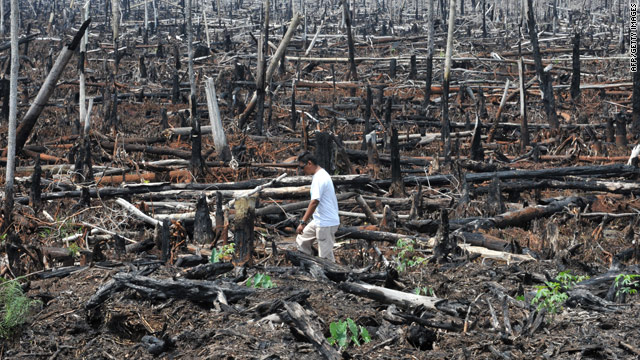
Greenhouse gases mix with the air and, unlike other pollutants, spread around the entire planet. It doesn’t matter where GHG reductions take place — as long as they do.
With all the social distancing and change in manufacturing, a lot of reduction has happened — as a side effect. Earth gets a break and the skies clear up. Still, pollution increases by thousands of tons per second.
This will not continue for long. Eventually, we will be back in to our daily lives and so will our production, consumption, and pollution. What then?
Why carbon offsets don’t work (yet)

The Problems are fourfold.
First, offsetting elsewhere doesn’t reduce or prevent the initial emissions. Operations aren’t improved locally. It’s more difficult and expensive.
Second, offsetting doesn’t incentivize efficiency and improvement. It takes on the role of a tax similar to absolution.
Third, there is fraud such as selling offsets that have already been sold, never existed, or would have occurred anyway.
Fourth, it is incredibly difficult to properly measure emission and offset.
There are various emission trading systems for compliant and verified GHG reduction, but they are fairly complicated and rarely an option for SMEs or individuals. The climate continues to deteriorate at a dangerous rate, which isn’t being taken seriously enough as studies show.
We are on the right path

Generally, there are two steps. First, we are increasing efficiency. Second, more and more companies offset what can’t be prevented as a temporary fix using more and more verified and sustainable projects rather than questionable initiatives in developing countries.
This is also due to the proven track record of ETS (emission trading systems) worldwide ensuring carbon neutrality can be achieved.
Global offset may never be the end-solution but act as a means to bridge gaps until optimum efficiency has been reached which can and always should be strived for but is impossible to accomplish as is with perfection. Increasingly more economical operations and culture are not limited to obligation and ethical responsibilities.
– UniWorld
By targeting increased revenue strategically, sustainable business and lifestyle can come as a side product or vice versa. This is achieved by making carbon offset, carbon credit and ETS simple and accessible and providing oversight and funding for improved manufacturing.
-Cool Japan Holdings
Very difficult: reliably measuring Co2 emission and offset

Put up a sensor, measure the emission and then you know right? Sadly, it’s not that easy.
Offsetting carbon emissions: ‘It has proved a minefield’
– Article on the Guardian
Example: A projects that focuses on energy efficiency is selling offsets from a South African project known as Basa Magogo. They encourage poor households who make coal fires in perforated cans called imbawulas to build the fire in a different way: instead of using paper, then wood with coal on top, they are to build them with most of the coal on the bottom, thus producing more heat and less smoke.
But how does anybody check how many have built their fires this way? And how many imbawulas must burn this way for how long before a tonne of carbon is saved? Project managers confessed that nobody had asked this question before. And even if: properly measuring Co2 requires hardware not very accessible in developing countries.
Using the Due connect 3.3v to 3V3, GND to Ground, Rx(DIO19) to Tx, and Tx(DIO18) to Rx….
Data Scientists talking about Co2 measurement instruments in a competition to optimize farming – not exactly an easy conversation to follow

